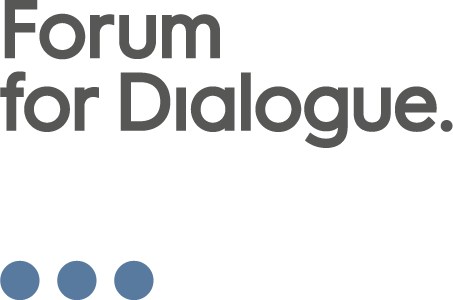My first point of reference was the Jewish cemetery in my hometown of Lipsko. A curious place where I studied the “stones” with cryptic – yet fascinating for a child – symbols. I remember placing my own hands against those carved on the headstones. Then there were some family secrets and talks of Jews hidden in the cellar of my grandparents’ house. But first and foremost – it was the Jewish cemetery with its matzevot that drew my attention. The “litte Jewish tombs” was how the cemetery was referred to. I still have it before my eyes, although its current look is less impressive; it became smaller, some matzevot have disappeared. Then there is literature, obviously – from the time of my school and university education, when Szalom Asz and Isaac Bashevis Singer became my favorite writers. This is also the time of attempting to understand the “phenomenon” of a large community that had existed and disappeared; a community that was not only “wiped out” by historical events, but also erased from human memory of small towns and big cities. Dąbrowa’s Jewish cemetery was like a silent reproach – although it was surrounded with a fence, it was a neglected and littered site. It took me a long time to reach a decision to change this state.
Dąbrowa Białostocka, once known as Dąbrowa Grodzieńska, is a small town with a rich history and multicultural population structure. It is inhabited by Poles, Belarussians and a sizable Tatar minority – Jews no longer live here, but they are still present, buried at the Jewish cemetery. As a Polish language teacher, I have been teaching about the Holocaust, anti-Semitism and intolerance for many years. Counting a number of Tatar families among my friends, I have experienced criticism and heard opinions that these people are foreign, different and there is not reason to be friends with them. However, this distinctiveness is what fascinated and attracted me to them. It is my impression that knowing them has enriched me and allowed me to better understand others and the world around me. A turning point for me was my participation in the Summer School on Teaching about the Holocaust; I came back from Kraków and decided it was now or never that I would attempt to retrace Dąbrowa’s Jewish past, even if I had no professional training as a historian.
I am a teacher and a pedagogue, so I am aware that my attitude, opinions and behavior have an impact on the youth I work with. I try to account for my activism so that young people “get it”. I have to be authentic in whatever I say or do. For this reason, I made it clear that by studying the town’s Jewish history I am also studying a history of our community, our “small homeland”; something that has passed, but continues to endure – not only in material form, but also in the mentality. In an environment where a variety of nations and religions exist, it is vital to teach tolerance through joint activities and shared knowledge. Stereotypes, intolerance and indifference all stem from lack of knowledge, among other things. What definitely helped me in my work was the years of experience in organizing international exchange programs and cooperation with schools in Lithuania and Belarus that I continue to this day. Among my most important activities – or rather, perhaps my most important passions – I count my contribution to the virtual Museum of the Jews of Białystok and the Region. We started almost a year ago and are proud to have quite a few accomplishments – including over 1600 entries in the Region subpage that I am responsible for. Information on the Museum website is available not only in English, but also in Hebrew and Yiddish and we record over 40000 visits each month.




